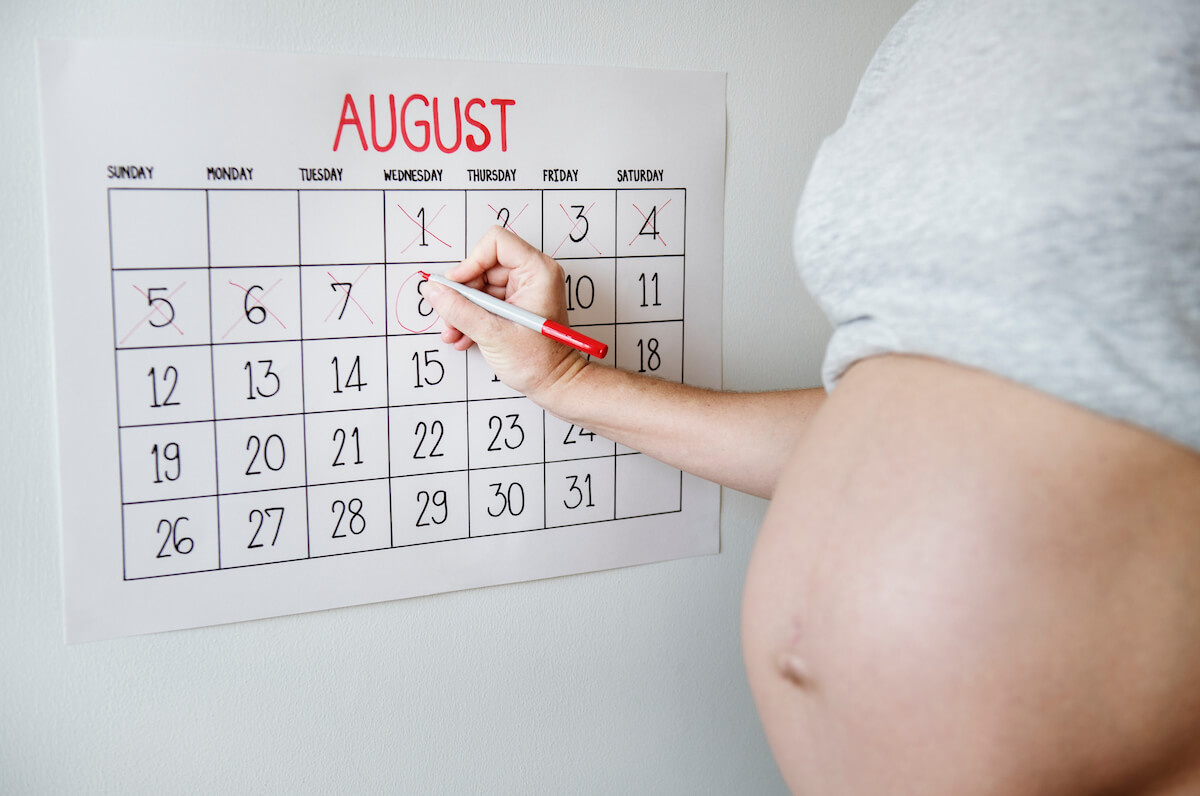Inclusive Due Date Calculator
About Due Dates and Their Limitations

One of the most common questions you'll hear when you're pregnant is, "When are you due?" Most likely, your prenatal care provider gave you a specific day, which you circled on your calendar.
But like most questions about life and about children, the answer is usually more complicated than that.
Our language about due dates reflects our need for things to be on time. Even the baby is considered "early" or "late." We have such a social stigma around being late, but due dates are estimations, not deadlines. But because most due dates (bills, library books) are deadlines, we tend to project that framework onto birth. People who tell their family and friends a due date may have to endure 50 calls a day asking, "is the baby here YET?" for an extra week.
But babies are not library books--no one's going to charge your baby an overdue fine. We'd prefer not to see babies come very early or late, but most babies come within a window of 2-3 weeks on either side of the due date--right on time.
How do they come up with these numbers, anyway?
Most doctors use Naegele's Rule, which is where we get the 40 week due date. Those fun little due date wheels usually follow Naegele's Rule.
Problems with Naegele's Rule:
- It's based on the "research" of Harmanni Boerhaave, a botanist, not a birth professional or even a human biologist, who came up with the 40 weeks thing when he noticed that pregnancies in the Bible are described as being about 10 lunar months, which is 280 days.
- This calculation is calculated from the first day of your last period, based upon a 28-day cycle and the assumption everyone ovulates on day 14. Though this is the average, most of us have cycles that tend to be a little shorter or a little longer, and the proliferative phase (the phase preparing for ovulation) is the one that changes with cycle length, so this throws off the due date. And if your cycle is a lot shorter or a lot longer, your dates will be off even further.
The Wood's Method, sometimes called Nicol's Rule, is based on research and reflects the following important points:
- those with cycles longer or shorter than 28 days do not ovulate on the 14th day; Wood's method adjusts based on average cycle length, bringing the whole pregnancy forward or back a bit for accuracy
- first babies come a little later than subsequent births
- estimates that first babies come on average 41 weeks, 2 days; subsequent babies around 40 weeks, 5 days
All that said, here's a fairly comprehensive, queer-friendly, IVF-inclusive due date calculator. I'm pretty proud as I did most of the coding and math myself!